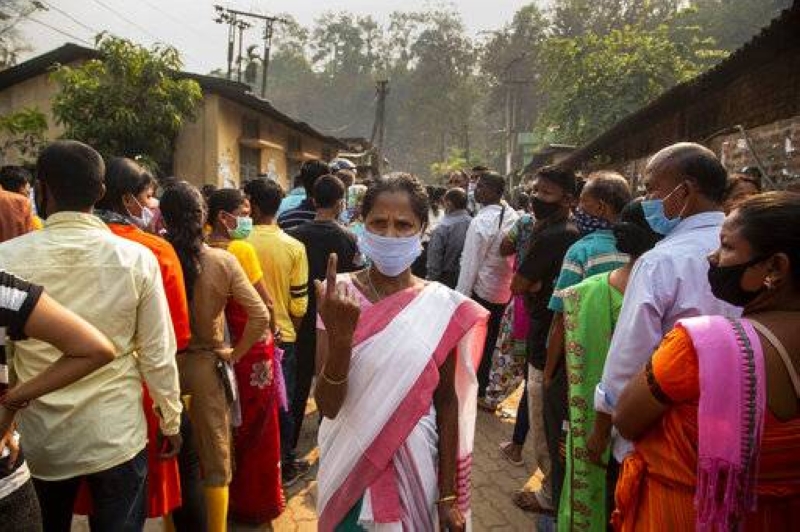EDITORIAL: Tackling COVID crisis
Prices of daily commodities will stay stable, and traders will not be able to create artificial shortage of goods if RRT works effectively
ByPublished: 12:15 pm Apr 30, 2021
As the country has been badly affected by the massive surge in coronavirus cases in recent weeks, the government has made it mandatory for all people –foreigners or Nepali nationals – to stay in 10-day quarantine upon their arrival either by air or land routes. The government has also prohibited foreigners from entring the country by land routes, except for Chinese and Indian nationals. However, the Chinese and Indian nationals are required to produce a negative PCR (Polymerase Chain Reaction) report taken 72 hours prior to their departure from their respective countries. While the Indian nationals entering Nepal are required to stay in 10-day quarantine to be managed by the local levels, other foreigners entering the country need to confirm proof of a prior hotel reservation for 10 days in quarantine. As far as Nepali nationals are concerned, they are also required to produce a negative PCR report and stay in a hotel or in home quarantine at least for 10 days. The government has also told the District COVID-19 Crisis Management Centres and local levels to strictly monitor whether Nepali citizens returning home from abroad are adhering to the prescribed health protocols.
In order to strictly monitor the arrival of the people from India, the Nepali Army has been assigned to set up semi-permanent holding centres at nine entry points along the Nepal-India border points and one additional holding centre inside the Kathmandu Valley. Such holding centres will have a capacity to hold as many as 1,000 persons at a time. The army has also been told to build temporary hospitals at different locations should the existing COVID-19 centres in the country be overwhelmed by virus-infected people.
Reports from all over the country show that most of the temporary coronavirus centres are already overcrowded due to the surge in new COVID-19 cases, and even doctors and nurses treating those infected have tested positive.
Meanwhile, the Ministry of Industry, Commerce and Supplies has formed a Rapid Response Team (RRT) to ease the supply of essential goods and services across the country, keeping in mind the prohibitory orders imposed in nine most-affected districts, including the three districts of the Kathmandu Valley.
The RRT will immediately resolve any problem seen in the supply of medicines, foodstuffs and other daily essentials. Prices of daily commodities will stay stable, and traders will not be able to create any artificial shortage of goods if the RRT works effectively. Legal actionshould be taken against any businessperson creating artificial shortages of daily commodities and escalating their prices, taking advantage of the prohibitory orders. The persons engaged in the production, distribution and supply of essentials goods, food, vegetables, milk and medicines can contact the RRT or the local administration should they face any hindrance in ferrying them to their destinations. This time around, the government seems to be cautious not to repeat the mistakes it made last year when a nationwide lockdown was imposed for seven months. This time, the ministry has assigned individual responsibility to its officials to tackle the problems faced by distributors of essential goods.
No time for dispute
Public vehicle owners have opposed the government's decision to allow flights to operate while halting the operation of public vehicles as when the prohibitory orders go into effect from Thursday. They have ground for being discriminated, although this is no time for a tiff with the government. The transport entrepreneurs have threatened to flout the prohibitory orders should the government refuse to withdraw the decision. During the months-long lockdown last year, 1.1 million people directly engaged in the public transport sector had been badly affected.
Last year, even the airlines were made to shut down during the lockdown. However, this year they have managed to convince the government that all prescribed health protocols would be followed to keep the passengers safe from the virus. But with as many as 12,000 people crowding the domestic airport every day in Kathmandu alone, how safe can air travel possibly be? The government might have shown some sympathy for the public vehicle operators had they not repeatedly ignored its directive to carry passengers only half the seating capacity. The government must decide what is best for the people while being accountable for the decisions it takes.
A version of this article appears in the print on April 30, 2021, of The Himalayan Times.



